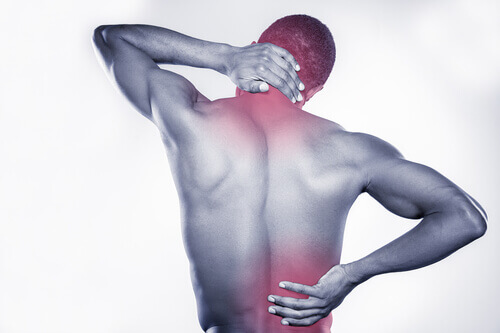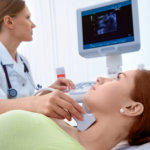
The spine runs from the base of the skull to the tailbone between your hips. Its elegant curve supports your body weight and provides structure to your frame. The cervical, thoracic, and lumbar spine are responsible for your posture and act as a highway for your nervous system.
The individual bones of the spine are known as vertebrae. Each of them has independent facet joints separated by soft cartilage tissue, known as discs. The vertebrae absorb impact and allow for mobility and flexion of the spine.
As we age, the discs and facet joints dry out and thin due to wear and tear. It’s common for seniors to experience back pain due to diminished mobility that occurs from thinning disc and joint cartilage.
However, the joints and discs may also experience premature wear from degenerative diseases like spondylosis and arthritis. Spondylosis is common in seniors, but it can affect people of all ages.
1. Spondylosis Affects the Neck
The cervical spine extends from the base of your skull to the top of your shoulders. This section of the spine consists of seven small vertebrae that form your neck. Cervical spondylosis is also known as cervical osteoarthritis.
This condition occurs from the development of bone spurs (osteophytes,) on the edges of vertebrae. Swollen facet joints in the neck and spurs can pinch nerve roots or the spinal cord as cartilage disc thins.
This condition creates tingling sensations in the arms and hands. In severe cases, affected individuals may experience a loss of coordination and feeling in their limbs. Some extreme cases may affect mobility.
Almost 85-percent of people over 60-years old suffer from cervical spondylosis. However, these individuals don’t always experience pain from the condition. A combination of medication, neck stretches, massage, and chiropractic adjustment may help to treat mobility issues. Severe cases may require surgery to fuse vertebrae or clean bone spurs.


